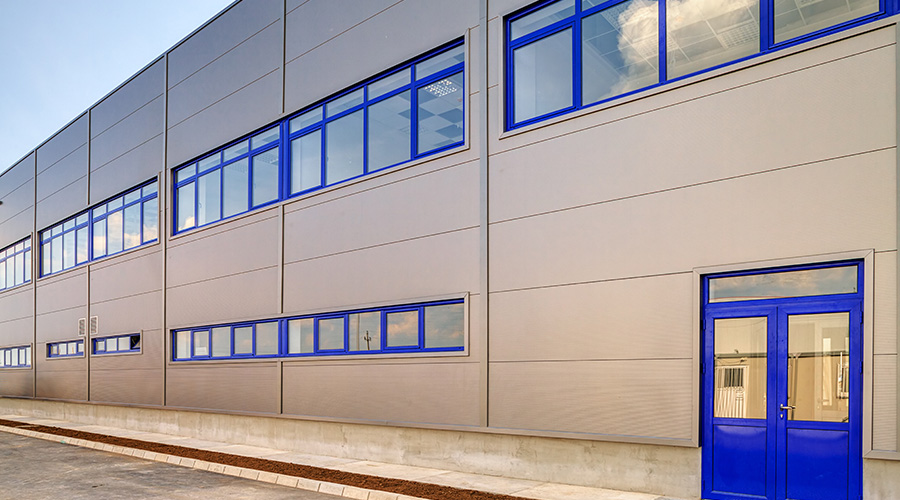What Facility Managers Need To Know Before Beginning Painting Projects
Paint choices have proliferated in the past decade, as the race to reduce environmental impact produces other side benefits. The result is that, when it's time for a fresh coat or for finishing new construction, facility managers face more choices than ever before. Facility managers should consider these nine questions to help sort through the options.
1. Who's doing the job?
If the job won't be handled by in-house staff, choosing a contractor will be the first decision a facility manager makes. Look for an established firm that has visited the site, and talk through any potential issues with bidders. Proposals need to be detailed and spell out how the surface will be prepared and coating will be applied — if mistakes happen at those stages, the paint warranty may well be invalidated.
Pay attention to a contractor's tools and equipment at the evaluation stage, especially the trucks, says Cris Crissinger, a construction forensic consultant for the architectural firm of McMillan, Pazdan and Smith. "If they are clean and well maintained and the crews appear to take pride in their tools and equipment, you can generally expect the same in their work."
2. How long will the job take?
"It's about getting in and out quickly," says Deborah Zimmer, communications director of the Paint Quality Institute, and it's more of an issue than it used to be. Contractors' bids need to detail how long they will take and how many workers will be on the job. Office workers, hospital patients, and visitors are more attuned to odor now than in past generations, Zimmer says, and "you can shut down a building with paint odor." It may be worth paying more to get the job done quickly with a bigger crew, or even paying to have the painting completed over a weekend.
Barry Law, president of the Master Painters Institute, likes to use the phrase "rushing the job properly," meaning that a good contractor knows how to sequence the preparation and application work so that workers have enough time, but no more than that.
3. What is the life-cycle cost?
"Labor is the biggest amount," more than the materials, Zimmer says, and it will add up faster if the job has to be redone sooner. A high-quality product should last twice as long, she says. With less spatter, more even coating and good color depth, she adds, the job can be done in two coats instead of three or four, even though "everyone is looking for the holy grail of true one-coat coverage."
High-quality paints can carry a 20-year warranty, according to Crissinger. On a recent job in the Southeast, he says, coatings with 20-year warranties were used in areas exposed to the elements, and 10-year-warranty material on more sheltered surfaces.
The major paint manufacturers often have local reps who can help an owner's staff with proper paint selection for the specific situation, proper surface preparation, and proper application including tools and technique, according to Crissinger.
Life-cycle also impacts sustainability considerations, and facility managers should be careful to vet greener formulations for performance. Law, who prefers the term "duty cycles," says, "The concept is right, but how do you measure it? There's a whole industry of teaching LEED and Greenguard," but an environmentally friendly coating may still not last long. "If you meet LEED but are painting every other year, are you really being more environmentally friendly?"
Related Topics:














